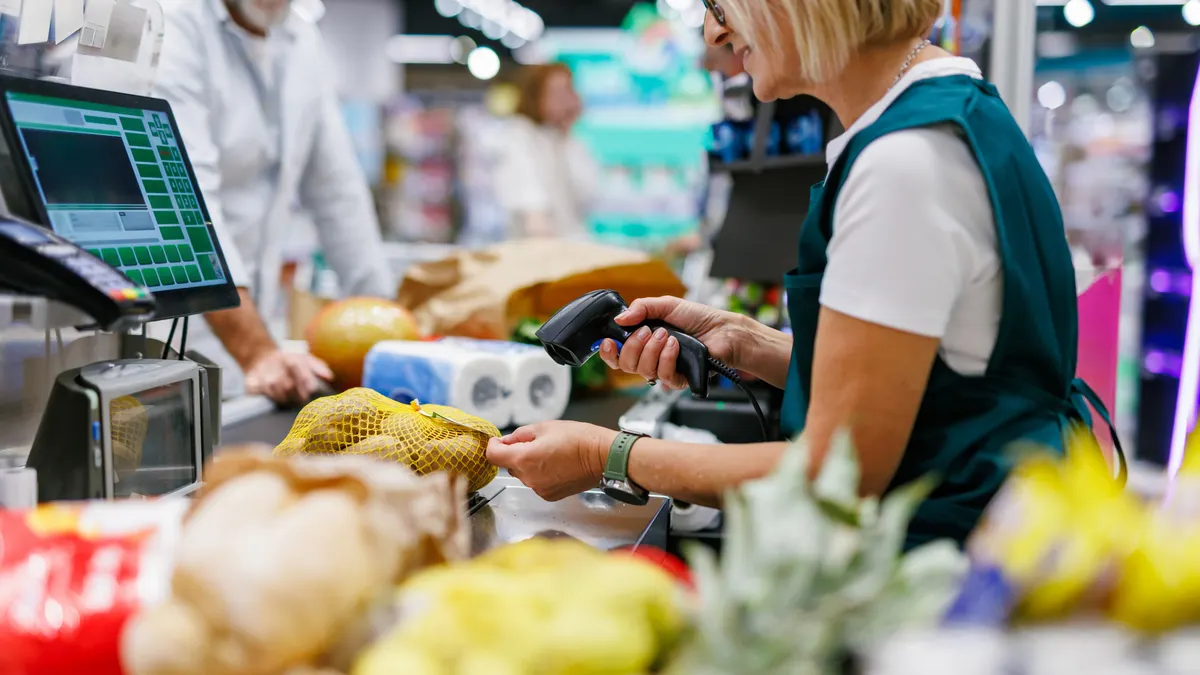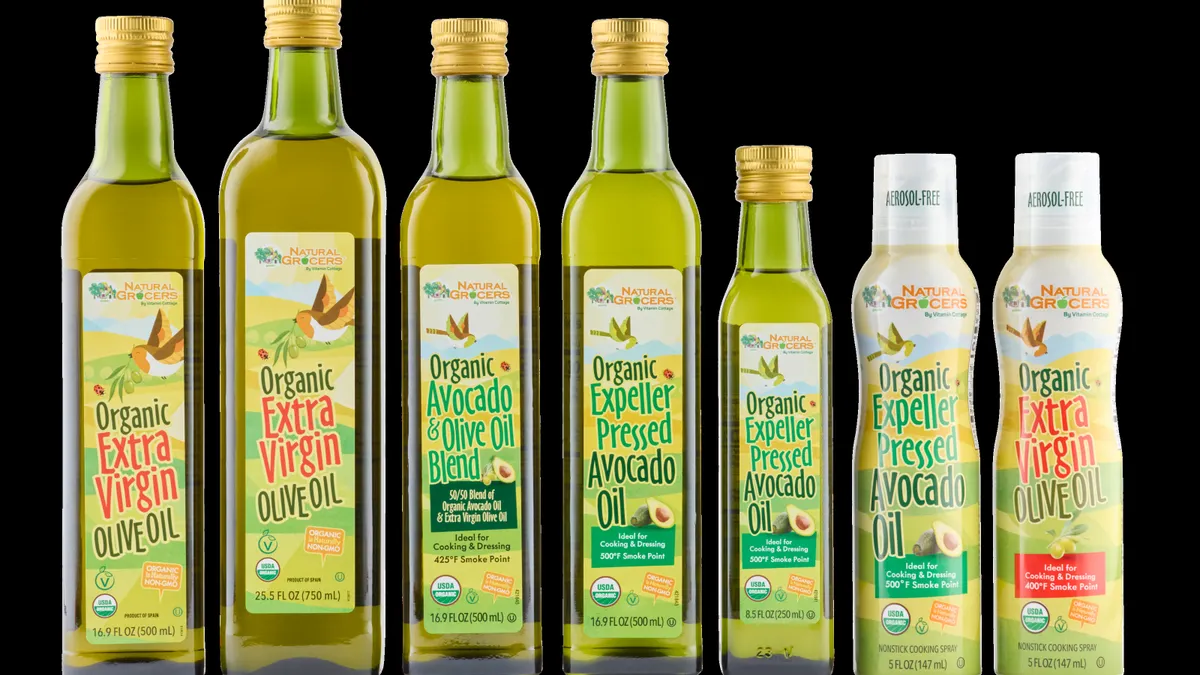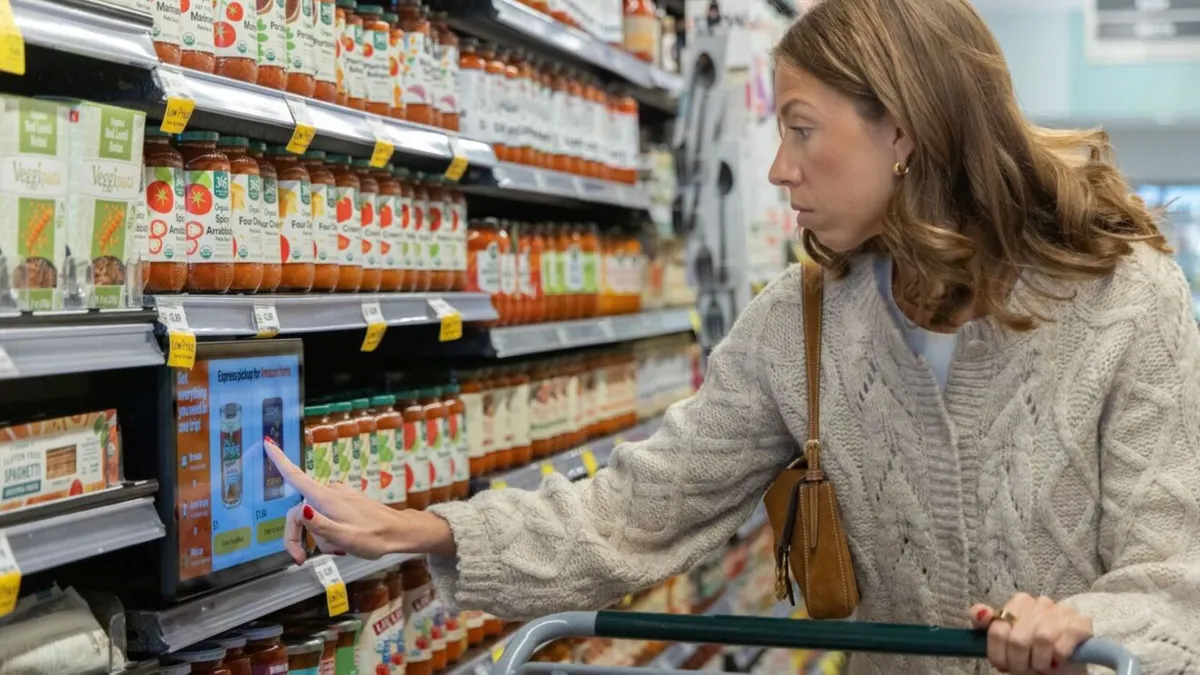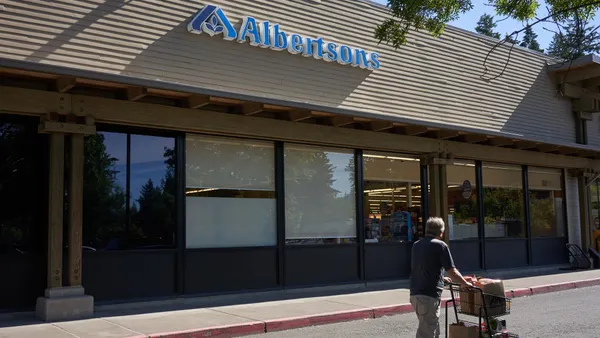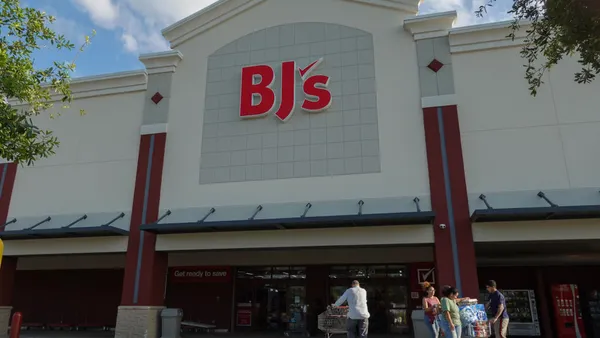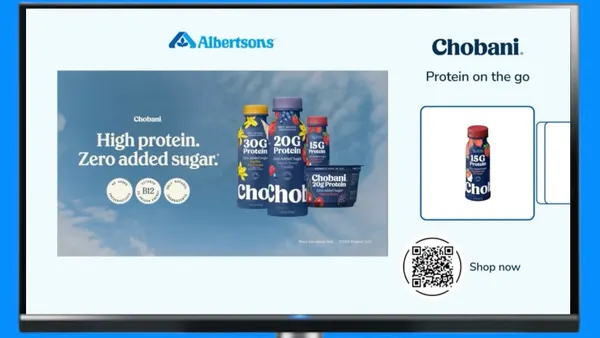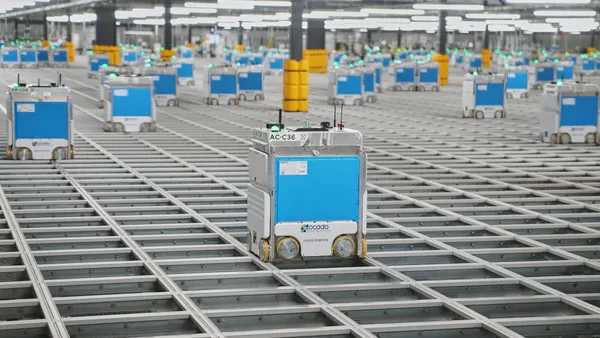It’s an increasingly familiar scenario for shoppers today: comparison shopping on phones while standing in the grocery store aisles, making lists that span three different stores, and tracking prices like day traders.
The feelings that drive these new behaviors are well documented: 88% of shoppers are frustrated with grocery prices, and 45% of customers say they'll switch stores for better savings. Store loyalty is a thing of the past.

These changing behaviors couldn't come at a more stressful time for retailers. In 2023, grocers saw their margins drop to 1.6%—down from 3.0% in 2020, marking the third consecutive year of decline. The traditional solution to tight margins would be to raise prices or cut costs, but both moves risk alienating price-conscious and value-driven customers.
How can thin margins be protected without losing customers who have new expectations for value and service?
Old retail crisis strategies are backfiring
Fluctuating margins aren't new for grocery retailers. Margins dropped to 1.4% during the 2008 financial crisis, and hit 1.0% in 2019 due to pressure from Amazon, rising wages, and fiercer competition. They then spiked to 3.0% during the pandemic peak in 2020 when restaurants were closed.
Retailers are applying the winning strategies from previous crisis periods, such as deep discounting, SKU rationalization, and pushing private labels. But these past playbooks aren’t delivering the same results.

Here’s where they fall down:
- Cutting SKUs to reduce inventory costs. This strategy gained traction during the pandemic and continues as retailers try to manage costs. But if customers can't find their preferred pasta sauce size, they don't substitute. Instead, they assume you can't keep up with demand and look elsewhere. In an era where online grocers offer endless options, customers have little patience for limited choice.
- Pushing private labels as the cheap option. Private labels hit 50% adoption globally, but simply positioning them as "the inexpensive option" is no longer enough. Customers who switched to save money during inflation now expect private label products to deliver quality and value that compares to name brands, not just lower prices.
- Selective price hikes. Even small increases are easy for shoppers to spot through apps, social media, and comparison tools. Take a popular retailer, for example, that raised prices only to see operating margins drop 60 basis points to 4.6% when customers switched to other stores.
- Reducing staff during slower hours. This worked when customers shopped predictably and expected basic service. However, grocery wages rose 6%, creating a cost squeeze that pushes retailers to cut labor hours. You're asking fewer people to help customers who are already frustrated about prices and know they have options. And it becomes more difficult to keep up with restocking.
What’s working now? Addressing margins and customer loyalty with core capabilities
If yesterday’s crisis strategies are falling flat, who is making inroads with today's customers?
Costco is betting on customer loyalty over higher profits
The warehouse club built its success by prioritizing loyalty over profit margins. The retailer knows its customers are price-sensitive, and so, it consistently works to keep prices among the lowest in the market.
Rather than relying on higher markups, Costco absorbs supplier price hikes on key items or negotiates better deals to keep the costs down. This approach attracts new customers, strengthens trust, and reinforces the value of its membership model.
Membership fees – rather than product markups – provide a large share of Costco’s profit. This model allows the company to protect its margins even when product prices stay low.
And it’s paying off: The giant retail club has managed to grow its operating margin at a 3.3% CAGR from 3.17% in 2019 to 3.72% in 2024, even as competitors saw margins compress.

Aldi and Trader Joe's build their brand around simplicity
Both chains are winning market share not by cutting SKUs in response to the crisis, but by designing their entire model around curated assortments. Instead of offering 30,000–50,000 products like a typical supermarket, Aldi carries about 1,400 SKUs and Trader Joe’s about 4,000.
That simplicity has become part of their value proposition. Customers don’t see limited selection as a reduction—they see it as intentional curation, which makes shopping faster and easier. This strategy is working well. Aldi visits surged more than 18% in 2024, while Trader Joe’s grew 6%.
Kroger tackles margin improvement through quality and optimization
Kroger has focused on raising margins through efficiency and quality rather than deep cuts. In 2024, the retailer boosted gross margins by 50 basis points to 22.3%, powered by supply chain improvements and strong private-label adoption.
Importantly, Kroger’s private labels aren’t just marketed as the cheaper option. With quality on par with national brands, they now account for purchases by 83% of Kroger customers.
Behind the scenes, Kroger has rolled out AI-driven inventory management to cut shrink and invested in automated fulfillment centers that improve order speed and accuracy. Together, these initiatives helped drive 17% growth in delivery sales since 2021.

Walmart reduces costs through automation
Walmart is leaning on automation to strengthen efficiency at scale. More than half of its fulfillment center volume is now automated, reducing unit costs by 20% year over year.
By the end of 2025, Walmart expects automated centers to deliver over 30% cost reductions across its network. Faster fulfillment also enables more efficient delivery: packing more orders per trip allows for optimized driver routes, lowering net delivery costs by 40% per order.
The power of smaller fixes: Operational wins that add up
The big strategic shifts—automation, curated assortments, membership models—show how retailers can reshape their business to protect margins. But not every solution requires a billion-dollar investment. Smaller, operational changes can deliver meaningful improvements without overhauling the entire model.
One of the most effective examples is packaging. Reusable transit packaging has become a quiet but powerful asset for retailers. Unlike many operational changes that force trade-offs between cost and customer experience, packaging improvements can drive both in the same direction.
- Labor efficiency →Durable containers eliminate time spent breaking down boxes, hauling waste, or dealing with collapsed packaging. Standardized containers also keep backrooms organized, speeding restocking and FIFO rotation so staff can spend more time serving customers.
- Shrink reduction → Containers that are four times stronger than corrugated can withstand stacking weight, preventing product damage. That means fuller displays and fewer unsellable goods.
- Product availability → Standardized containers stack reliably during transport and storage, reducing delays caused by collapsed packaging. Shelves stay stocked with the items customers came for, helping prevent lost sales.
Packaging isn’t the only area where small changes pay off. Supplier processes and inventory handling can yield similar benefits. For example, electronic advance shipping notices allow teams to process trucks faster and improve inventory accuracy. Stricter FIFO rotation ensures fresher products reach shelves before aging out in the backroom, reducing shrink and boosting customer satisfaction.
Retailers can’t control commodity costs or what competitors charge. But they can control how efficiently operations run and how well shelves serve customers. The retailers succeeding in 2025 aren’t those making drastic cuts or aggressive price hikes—they’re the ones finding smart, targeted improvements that strengthen margins and loyalty at the same time.

